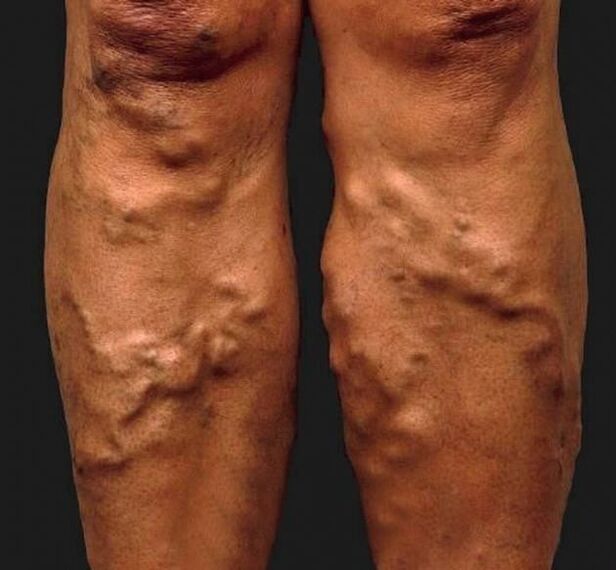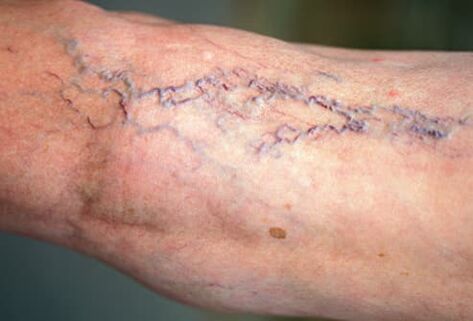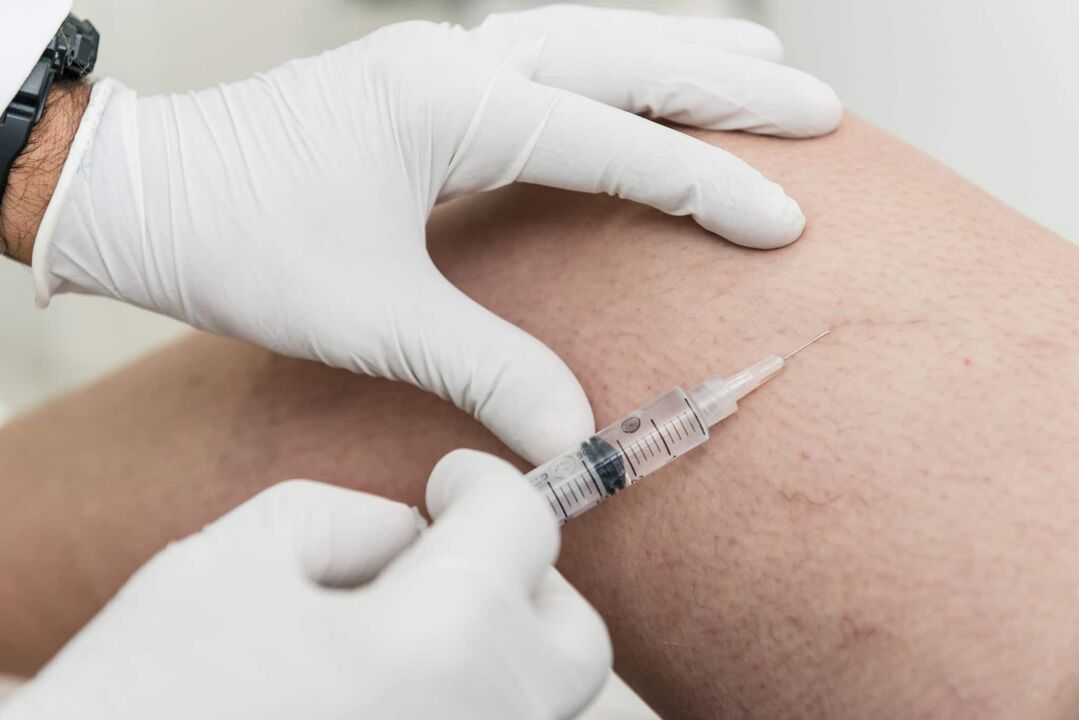
Varicose veins are one of the most common vascular diseases.
Varicose veins still bothered our ancestors, but then doctors tried unsuccessfully to overcome the disease. In our time, chronic venous insufficiency still disfigures beautiful female and male legs, however modern medicine offers a whole range of methods to get rid of varicose veins on the legs.
According to reports, more than 10% of the population suffers from the disease in one form or another, and women are more prone to it.
Varicose veins can appear at any age, including children. The determining factor in the development of the disease is hereditary predisposition.
The causes of varicose veins
The main cause of varicose veins is a genetic imperfection of connective tissue, including that that makes up the vessels. Hereditary predisposition means that if relatives suffer primarily from varicose veins of some form, the person is at risk for the disease.
Also, for the development of varicose veins, special conditions are required, created by the patient's lifestyle. These factors cause the habitual stagnation of blood in the lower body by creating static stress.
Varicose veins in the legs are common in people whose work involves standing for a long time: hairdressers, shop assistants, surgeons who operate.
Pelvic varicose veins can be triggered by pregnancy because an enlarged uterus can lead to prolonged compression of the pelvic floor veins. Pelvic varicose veins also occur in people who lead a sedentary lifestyle.
Factors that disrupt blood circulation and cause varicose veins in the legs also include wearing tight clothes and shoes, and sitting with your legs crossed. The reason for the development of varicose veins of the pelvis, incomplete sexual intercourse can be practiced as a method of contraception.
Symptoms of varicose veins

The symptoms of varicose veins in the legs are as follows:
- severe tiredness, feeling of heaviness and fullness in the legs, worse in the evening;
- Pain in the legs that do not have a clear localization, pain and pulling in nature, the pain syndrome also increases in the afternoon;
- The appearance of external symptoms of varicose veins in the legs. Telangiectasias, or spider veins, are an intertwining of thin vessels with a purple or cyanotic color. As the disease progresses, large veins begin to appear in the form of convoluted, swollen subcutaneous strands called worm-like veins;
- At the advanced stage, signs of complications of varicose veins in the legs appear: thrombophlebitis, trophic ulcers, thrombosis. These are serious complications that lead to a significant deterioration in the patient's quality of life (trophic ulcer) and, in some cases, even death (pulmonary embolism due to venous thrombosis of the lower extremities).
The symptoms of pelvic varicose veins in women are non-specific and resemble the symptoms of an inflammatory disease of the female genital tract, which is why diagnostic errors are often made.
The main symptoms of pelvic varicose veins are:
- Intermittent painful pelvic pain. The dependence of the pain syndrome on the phase of the menstrual cycle is tracked, shortly before the onset of menstruation, the pain, as a rule, intensifies;
- Profuse discharge of mucus from the vagina.
A special case of the manifestation of varicose veins of the pelvis is hemorrhoids, with all their inherent symptoms.
Symptoms of testicular varicose veins in men are often not noticed and discovered by chance during a medical examination. This is usually a characteristic worm-like pattern of enlarged venous plexus on one side of the scrotum that draws unilateral pain in that area that occurs after exercise.
Diagnosis of varicose veins
Diagnosis is based on the symptoms of varicose veins, external examination data, as well as the results of hardware research methods. In this role, Doppler ultrasound and duplex ultrasound angioscanning are the most informative.
When pelvic varicose veins are difficult to diagnose in women, trans-uterine venography can be used.
To confirm the diagnosis of testicular varicose veins, special function tests are used (for example, the Valsava test).
Treatment of varicose veins
Treatment of varicose veins depends on the location of the pathology and can be conservative or surgical. The most common combination of several of them.
As a conservative treatment for varicose veins in the legs, drug and compression therapy is used. Taking medication does not have an independent meaning, but it helps to relieve the symptoms of varicose veins in the legs: eliminating the feeling of heaviness, fatigue and pain.
Compression therapy consists of wearing medical compression stockings that compress and massage the superficial veins and help clear venous congestion. Compression therapy is highly effective and can be viewed as a standalone method of treating varicose veins on the legs at an early stage of development or in the postoperative period. Medical compression stockings are currently made from high-tech materials and do not cause any problems when they are worn for a long time, not even from an aesthetic point of view.

The most radical treatment of all types of varicose veins is surgery. Now phlebologists prefer minimally invasive techniques: sclerotherapy of varicose veins, laser surgery, endoscopic phlebectomy, microsurgical phlebectomy of veins. Using these techniques, you can achieve great results with minimal risk of surgical and post-operative complications.
The classic surgical treatment of varicose veins is also used, in which the damaged part of the vein is connected and excised. In this case, the blood flow is bypassed.
It is understood that modern treatment of varicose veins, with all its achievements, does not eliminate the main cause of the disease - the weakness of the vascular wall. Therefore, the treatment carried out requires lifelong prevention of the recurrence of the disease and, if possible, the complete elimination of factors that contribute to the development of varicose veins. Only this approach will make it possible to speak of a complete cure of the disease.
The use of folk remedies for varicose veins
Folk remedies for varicose veins are used quite widely and actively, but their effectiveness is usually insignificant. The use of folk remedies for varicose veins is justified as symptomatic therapy, aimed at relieving the discomfort caused by the disease and its complications. For this, as a rule, decoctions and ointments based on medicinal plants are used, which have an anti-inflammatory and antibacterial effect.

























